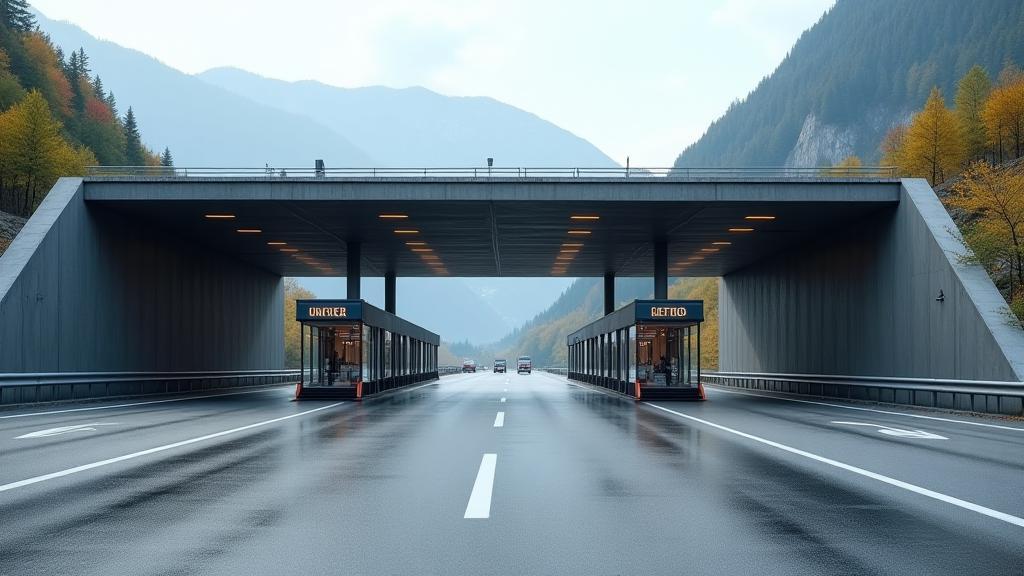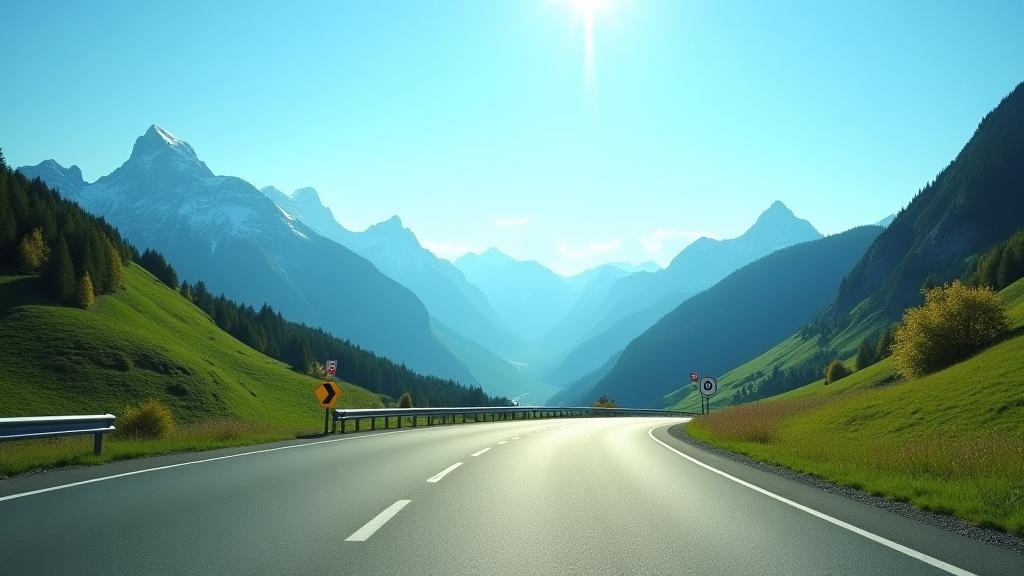Austria Autobahn & Vignette: Everything You Need to Know
What is the Österreich Vignette and Who Needs It?
The Österreich Vignette is a mandatory toll sticker required for virtually all vehicles using Austria’s autobahn (highway) network. It serves as proof of payment for the use of federal motorways and expressways. Both Austrian residents and foreign visitors must purchase and properly display the vignette if planning to drive on these roads.
Vehicles under 3.5 tons, such as passenger cars and motorcycles, generally require the vignette. Some exceptions include vehicles equipped to pay tolls electronically (GO-Box users) or those restricted to certain roadways. It's essential to verify your vehicle category and requirements to avoid fines.
Vignette Types and Current Prices
| Vehicle Category | Validity | Price (EUR) |
|---|---|---|
| Motorcycles | 10 Days | €5.50 |
| Motorcycles | 2 Months | €13.00 |
| Motorcycles | 1 Year | €36.20 |
| Passenger Cars & Light Vehicles | 10 Days | €9.60 |
| Passenger Cars & Light Vehicles | 2 Months | €27.80 |
| Passenger Cars & Light Vehicles | 1 Year | €93.80 |
* Prices are approximate and subject to official updates. Always verify before travel.
Where and How to Purchase the Vignette
You can buy the vignette conveniently at:
- Gas stations near the Austrian border or within Austria
- Post offices throughout Austria
- Authorized online portals on official Austrian toll websites
- Mobile apps offering digital vignette purchase and verification
Make sure to purchase the vignette before entering the autobahn. Display physical vignettes clearly on your windshield as required. For digital vignettes, ensure your vehicle registration matches the purchase.
Fines and Penalties for Driving without a Vignette
Driving on Austria's autobahn without a valid vignette can result in substantial fines. Typical fines start from €120 but may increase if the payment is delayed. Authorities conduct regular roadside checks and automated camera enforcement to detect violations.
Remember, penalties apply regardless of whether the violation was intentional or accidental. It's highly advisable to comply fully to avoid legal complications and additional costs.
Additional Toll Roads, Tunnels, and Bridges
In addition to the vignette, some routes charge extra tolls due to higher maintenance costs. Notable examples include:
- Arlberg Tunnel – A major tunnel on the A12, requires an extra toll.
- Tauern Tunnel – Connects Salzburg to Carinthia, with additional toll payments.
- Gleinalm Tunnel and Plabutsch Tunnel on major transit routes.
- Certain high alpine roads and mountain pass toll roads.
For detailed route pricing, visit official toll sites or consult local toll stations.

Seasonal Restrictions and Warnings
Some routes, tunnels, or roads have seasonal closures or vehicle restrictions depending on weather conditions:
- Winter tires or snow chains may be mandatory in alpine areas during colder months.
- Traffic restrictions for hazardous goods and oversized vehicles on certain tunnels.
- Temporary closures or delays in severe weather conditions.
Always check the latest travel advisories and weather reports to plan your route safely.
Vehicle Requirements and Road Safety Tips
To ensure a smooth and safe driving experience in Austria:
- Equip your vehicle with winter tires in winter season (typically from November to April).
- Carry a warning triangle, reflective vests for all passengers, and a first aid kit as legally required.
- Adhere to posted speed limits – typically 130 km/h on autobahns, with variations in urban or rural zones.
- Understand Austrian road signs; note that many are bilingual in German/English for tourist-heavy areas.
- Plan regular rest stops for long drives to prevent fatigue.
Tips for Enjoyable Driving and Scenic Routes
Austria’s autobahns provide not only ease of travel but doorstep access to stunning landscapes. Consider these tips:
- Use rest areas along the A1 and A10 motorways to enjoy panoramic views and local specialties.
- Explore scenic byways that branch from the main autobahns for serene mountain drives.
- Check seasonal weather and daylight hours as alpine regions can change rapidly.
- Download travel apps with traffic updates to avoid congestion during peak seasons.
